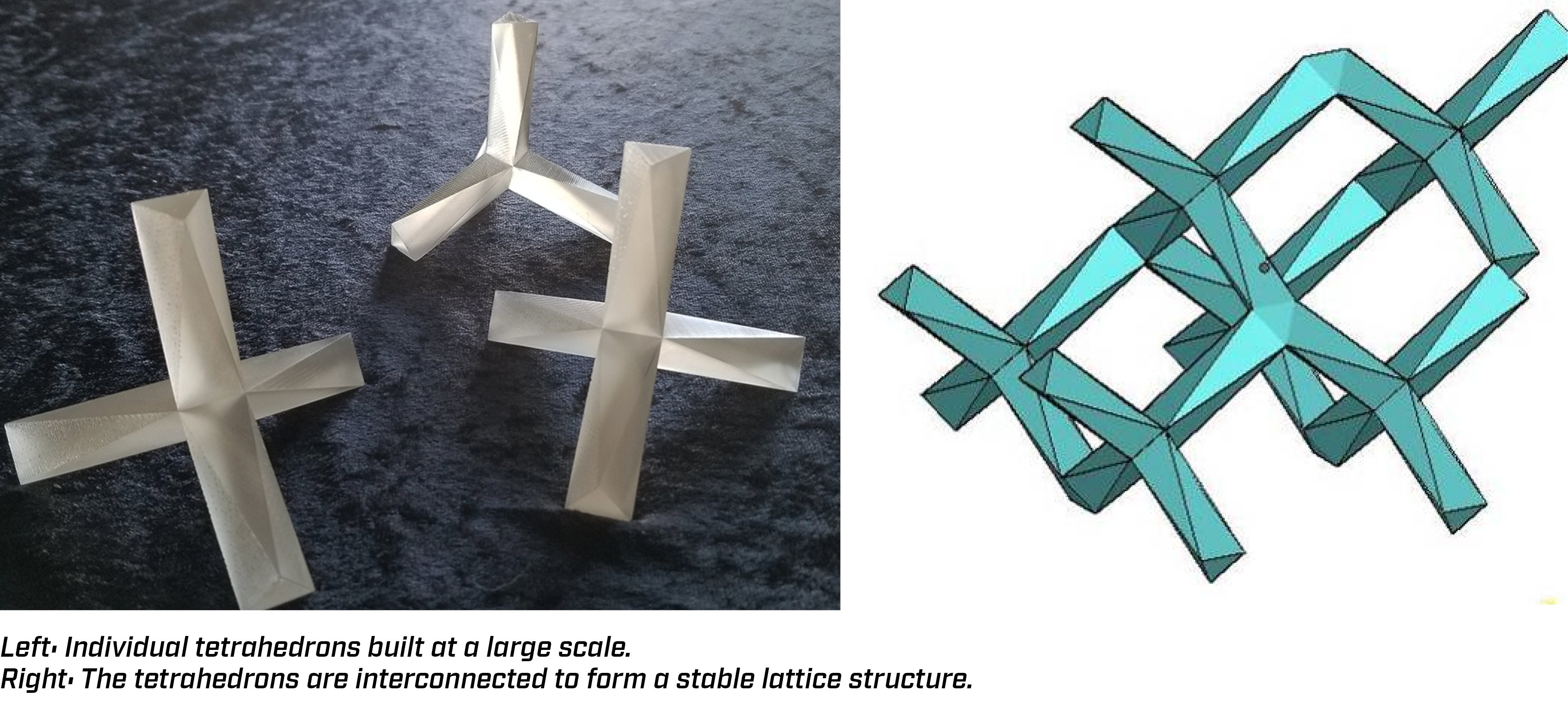Part 1 of our Think Differently Series: Smart Design for Additive Manufacturing. Look for the next installment of the series in the coming weeks.
Smart additive manufacturing designers optimize parts to be built with as little material as possible while still accomplishing the parts’ end use. One simple technique to drastically cut material usage, and costs, is lightweighting.
As it is applied using stereolithography (SL) technology, a form of liquid resin-based 3D printing, lightweighting can mean simply hollowing out a structure. It can also mean something more complicated like reinforcing a hollow part with various structural elements, or creating a double-walled structure reinforced with an interior latticework.
Any of these tricks can help reduce material consumption and save costs for applications such as:
- Architectural models
- Point of purchase displays
- Large housings and panel assemblies
- Master patterns
 Case study: Cutting consumption in half on architectural models
Case study: Cutting consumption in half on architectural models
Recently, RP America and UnionTech put lightweighting to the test. Could we significantly reduce material usage while maintaining structural integrity on an architectural model of Chicago’s Hancock building? We built two versions of the model on UnionTech stereolithography equipment using Somos® WaterClear 10122 material. One was built with solid walls, and the second was built with hollowed walls reinforced with an internal lattice structure. The results?
- Solid walls: 0.6 kg
- Hollowed, reinforced walls: 0.3 kg
The solid wall build was twice as heavy as the other, proving that users can save significantly on material costs. As you can see from the photos, the hollow-walled model was still structurally stable.

How did we do it?
RP America’s operator achieved this material savings by strategically combining equipment, materials, and software.
Equipment: UnionTech PILOT 450 stereolithography 3D printer - The 17.7 x 17.7” platform size on the PILOT 450 allowed the operator to build the solid and hollowed models in two parts side by side on the platform. Both models were built at .004" layer thickness to achieve smooth sidewalls (the PILOT 450 can achieve layer thicknesses as thin as 0.002”). The UnionTech equipment’s open platform philosophy allows the operator to choose the material best suited for the application.
Materials: For this application, the operator chose Somos® WaterClear 10122 material for its clarity, which allows you to easily see the interior latticework. The antennae at the top of each building were built with white Somos® NeXt, to provide visual contrast. With the addition of several drain holes at the base of the hollowed model, it was easy to remove excess material from inside the walls by spinning it in a centrifugal device.
Software: The interior lattice structure used to lightweight the walls was generated by TetraShell™, a lightweighting approach created by DSM based on Milwaukee School of Engineering’s patented TetraLattice™, interconnected tetrahedron shapes that form a stable lattice structure. TetraShell geometries consist of a hollowed part STL that is then filled with an STL of the TetraLattice structure. The user has complete control over skin thickness as well as the length and thickness of the TetraLattice legs. In this lightweighting example, the TetraLattice connects the two walls into a single, more stable beam section, supplying greater structural integrity than simply hollowed parts.

The lightweighting technique used is similar to the well-established practice of creating hollow, reinforced patterns for investment casting using stereolithography. Lightweighting with TetraShell differs from investment casting in that wall thickness can be varied from thin double walls to a fully dense wall within one part. The walls and TetraLattice structure can be tailored to the mechanical requirements of the part.
RP America is an authorized distributor for UnionTech stereolithography 3D printing equipment. Want to learn more about the equipment, or come see it in person at our New Sharon, Iowa location? Contact us, or click below to learn more.
Topics: UnionTech, Case Study, Smart Design for AM, Stereolithography


 Older
Older